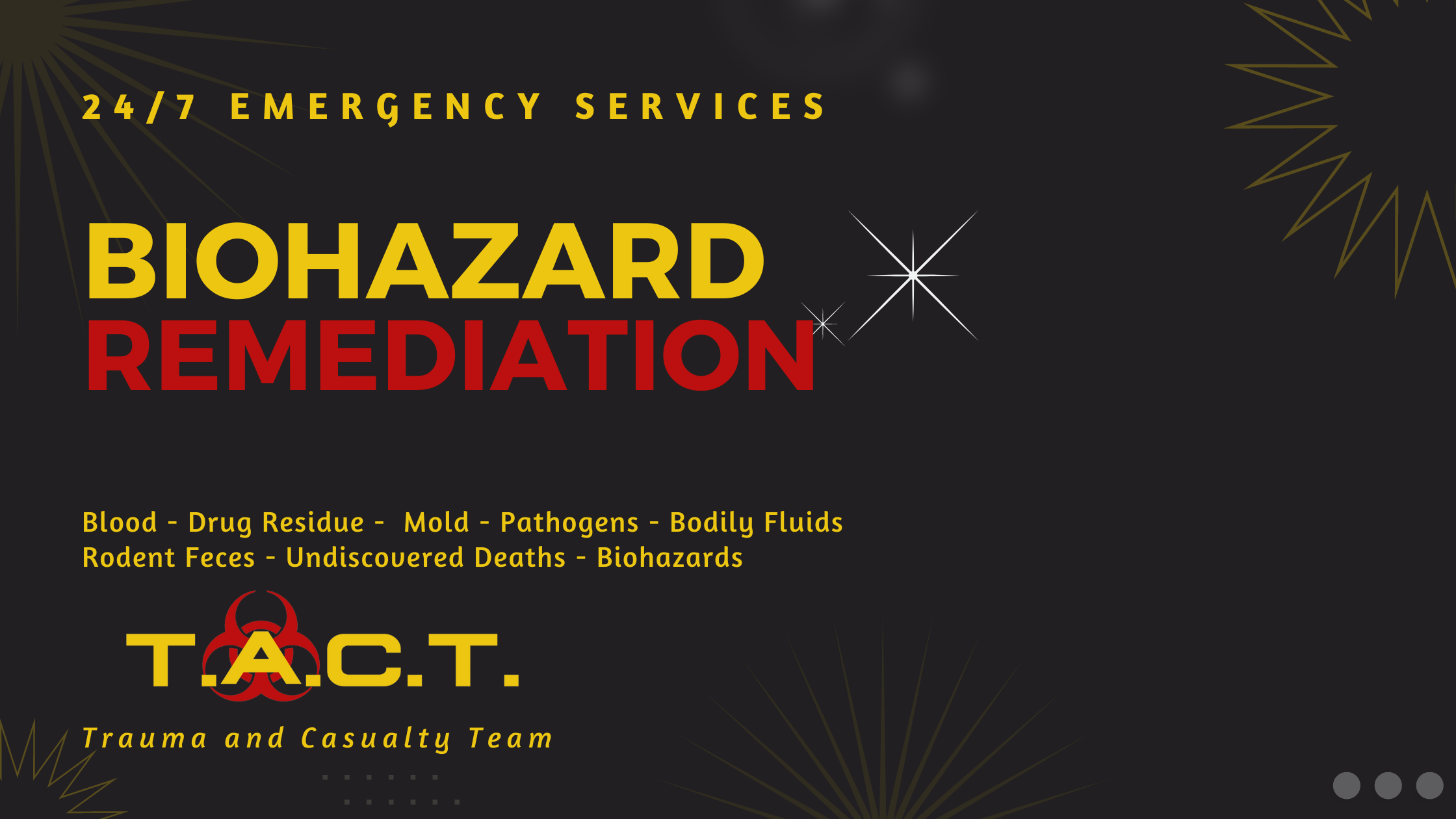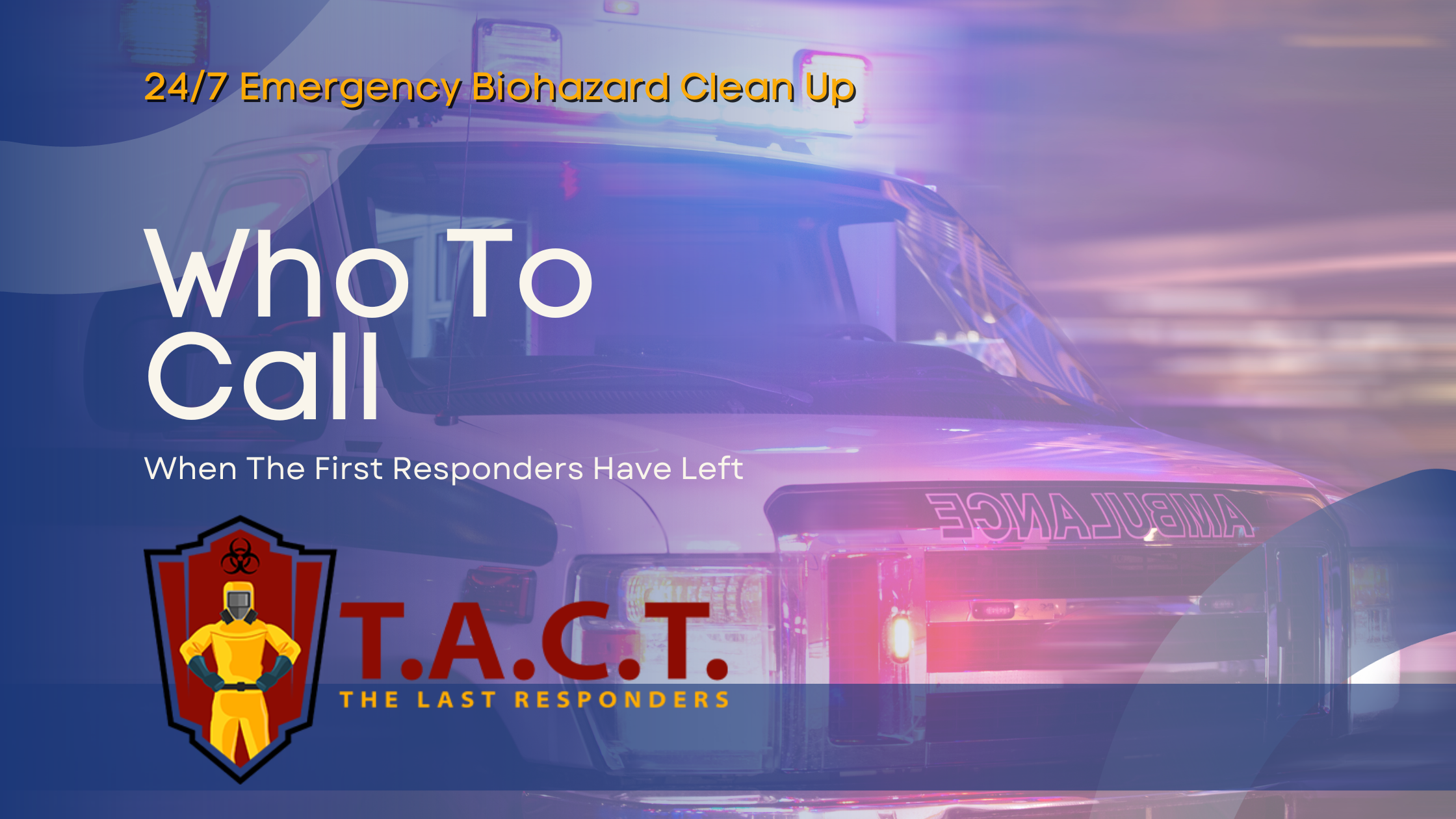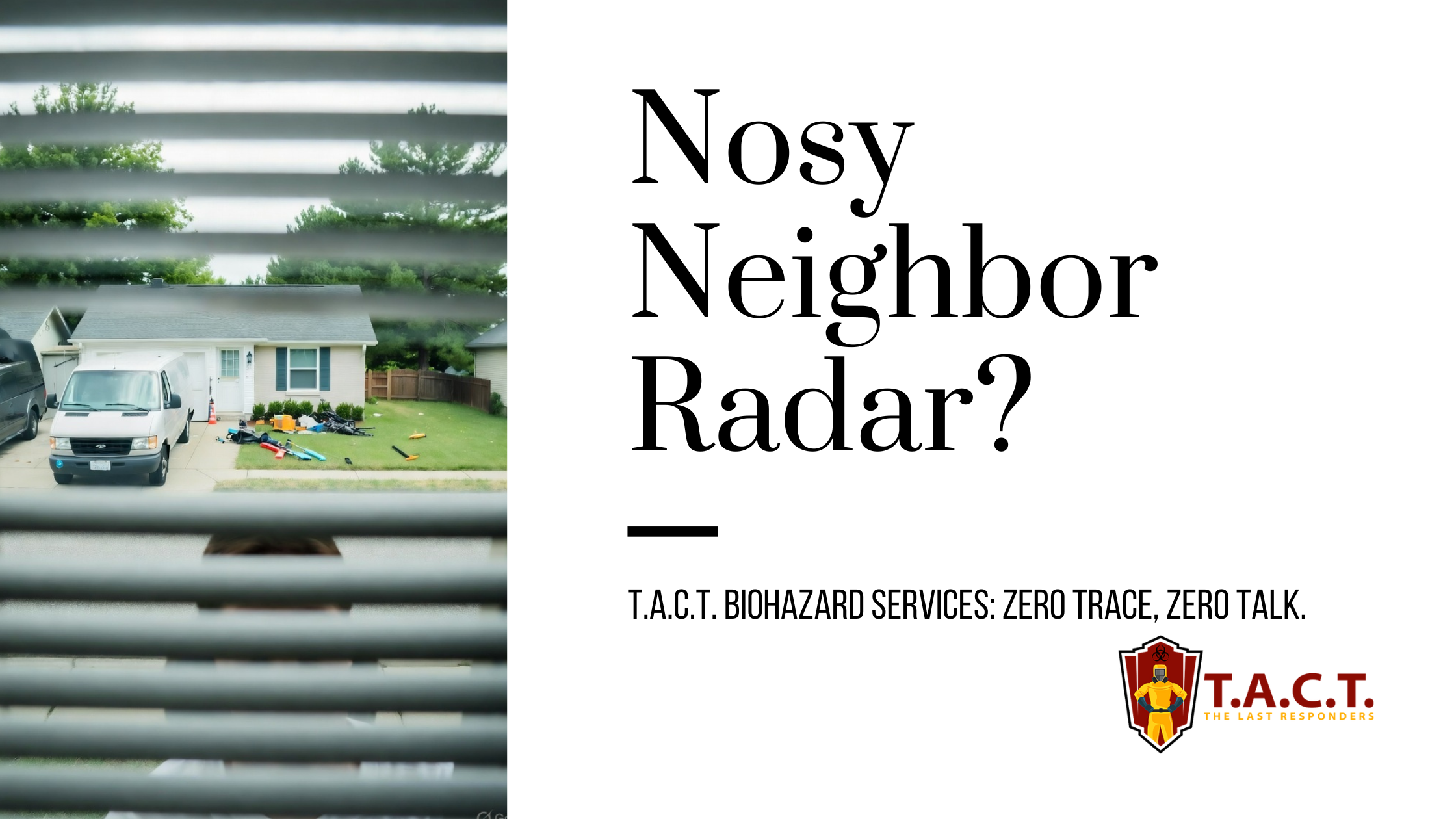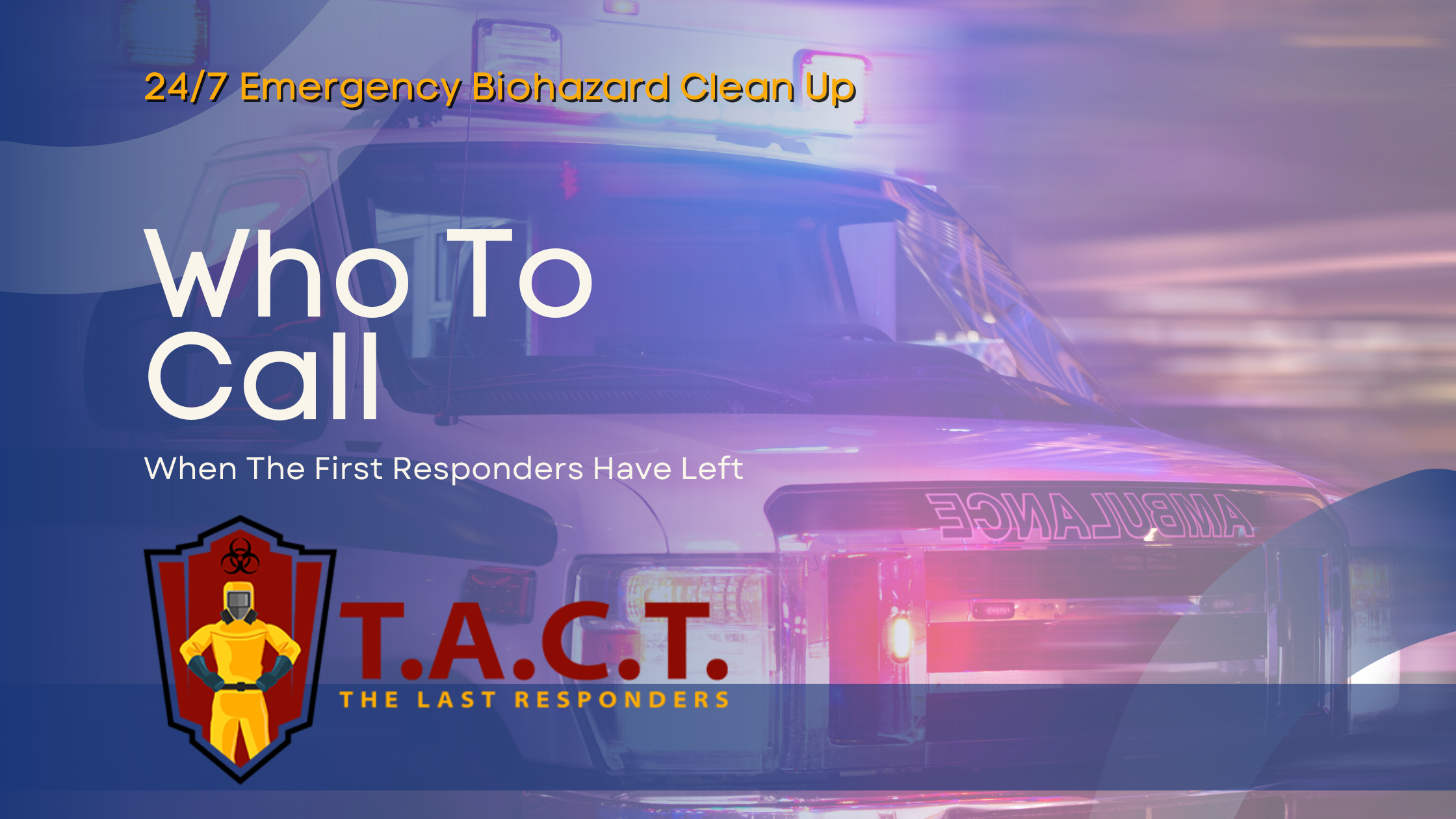Bio hazard clean up in Atlanta

Bio hazard Clean up
Understanding the Crucial Nature of Biohazard Cleanup: Safety First
The term "biohazard" often conjures images of laboratory incidents or outbreaks. However, biohazards can occur in many everyday situations, such as at crime scenes, during blood cleanups, or when handling medical waste. The cleanup of biohazardous materials is not a task to be taken lightly; it requires meticulous attention to safety protocols, adherence to industry standards, and professionals who are thoroughly trained in proper decontamination procedures.
In this blog post, we'll walk through the essential safety protocols for biohazard cleanup, outline the industry standards, and emphasize why professional expertise is vital in handling these hazardous situations.
Essential Safety Protocols in Biohazard Cleanup
Personal Protective Equipment (PPE)
When it comes to biohazard cleanup, the first line of defense is personal protection. Workers must don appropriate PPE such as gloves, face masks, and full hazmat suits designed to protect skin and prevent inhalation or ingestion of hazardous materials. These barriers between personnel and biohazardous substances are not just guidelines; they are mandatory requirements that protect against health risks.
Proper Ventilation
Whenever a biohazard situation is addressed, the area must be well ventilated. Reducing exposure to harmful airborne particles is crucial in minimizing potential health hazards. This often involves using specialized filtering systems that can purify the air from contaminants generated during the cleanup process.
Containment and Isolation
Effective biohazard cleanup is contingent upon strict containment and isolation procedures. This means creating physical barriers—like plastic sheeting and dedicated zones—to confine biohazard materials and prevent their spread to uncontaminated areas. Whether dealing with a single room or an entire building, these protocols are essential in managing the scope of contamination.
Decontamination Protocols
Beyond personal safety, there must be comprehensive decontamination protocols for equipment and environments. Biohazard cleanup is a multi-step process that involves cleaning, sanitizing, and disinfecting all surfaces that may have come into contact with hazardous materials. It often entails the removal of contaminated materials, followed by the use of EPA-registered disinfectants, ensuring the site is returned to a safe, useable state.
Professional Training
Executing the aforementioned safety measures with precision requires highly specialized training. Biohazard cleanup personnel undergo rigorous instruction to ensure they understand the complexities of the decontamination process and can implement safety measures effectively. Their skills are crucial in navigating the intricacies of biohazard scenarios while minimizing risks to health and safety.
Adhering to Industry Standards and Certifications
Biohazard cleanup demands compliance with strict industry standards to safeguard the wellbeing of both workers and the public. The Occupational Safety and Health Administration (OSHA) sets forth standards that delineate the guidelines for handling biohazardous materials. These encompass everything from proper labeling of biohazard waste to the specific training procedures that cleanup crews must complete.
Environmental Protection Agency (EPA) compliance is equally important, particularly in the disposal of biohazardous waste and the use of cleaning chemicals that meet EPA criteria for effectiveness and safety.
In addition, the Institute of Inspection, Cleaning, and Restoration Certification (IICRC) offers certification programs that cover the best practices in biohazard cleanup. Attaining an IICRC certification signifies that cleanup professionals have received extensive training in protocols that maintain safety and uphold industry standards.
Conclusion
Biohazard cleanup extends beyond just cleaning up a mess. It is a critical service, steeped in regulated procedures, requiring expertise to protect public health and safety. This blog post has underscored the rigors of the cleanup process and the absolute necessity of following safety protocols, regulatory compliance, and professional training. For those involved in these operations, the work is challenging, but through adherence to these strict standards, they provide an invaluable service in maintaining safe environments.
Latest news

Bio Cleaning Services
Read More
Nosy neighbors peeking? T.A.C.T. North Atlanta offers discreet biohazard remediation for rodent infestations, mold, hoarding, and more. Unmarked vehicles, quiet experts, full privacy—24/7 service at 470-781-4775.
Read More
